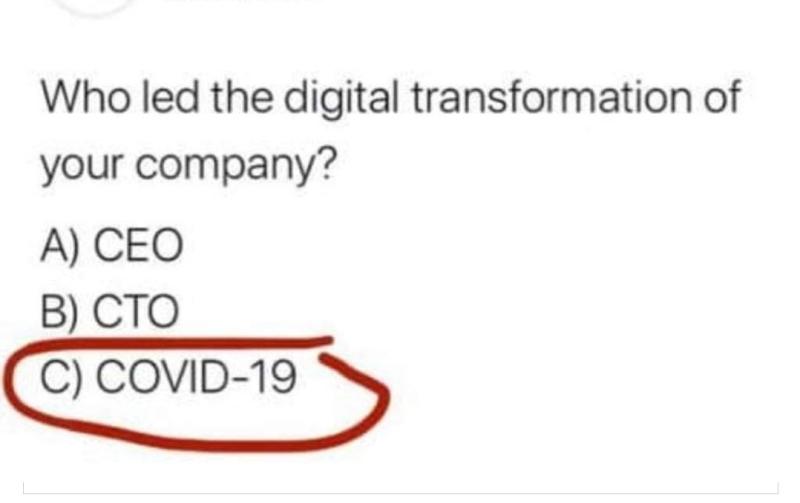- I am feeling joy.
- I am feeling encouraged.
- I am feeling… grateful.
The above three emotions were the result of a short future focused self reflection for me, using the Emotional Culture Deck (ECD). How are you feeling today? How are you really feeling? What emotions are you connecting with today?
I have been on a six-month learning journey and I’m reflection and future spying on the impact of the ECD to me and my approach professionally and personally. I have played the game many times now, with individuals and teams and I’m about to share its approach with a group of individuals who are not a team, but I want to see the ECD and the opportunities for it. As I prepare for this session – and I think there may be more – I thought it would be good to summarize my discoveries.
- People confuse their real emotions with those expected of them by others. There is often a belief that people are expected to show a certain emotion in a situation but want to express something else. Consider the challenge of a person who wants to laugh when fearful, or does not want to say how challenged they feel, for fear of belittling by others.
- Leadership teams often struggle to understand their organization because they lack the empathy to address the emotions present. This causes disconnects and a challenge to be successfully aligned.
- It is equally important to recognize the emotions you readily embrace and the emotions you don’t want to see but know are there. When you look at both sides of the coin, its easier to understand the why and how of the emotional responses.
- A focus on emotional responses to a situation, give you the power to accept, manage and direct that situation to a desired outcome. Emotion based action planning can be highly effective.
- Emotions are the fuel that energizes the culture of an organization. Culture is driven by the how and why of the relationships within an organization and understanding this network of pushes and pulls are part of the construct of the culture.
- Giving space to talk emotions can help build a psychologically safe space where it previously doesn’t exist. When people can talk freely about emotions, in front of others, in collaboration with others, and gently challenge choices with meaningful and respectful dialogue, then they are prepared to move to the more difficult conversations.
- Its ok to draw a blank! Sometimes you can’t find the right words to express an emotion and so going with the closest or more resonating can help to fine tune. Sometimes, you just can’t get the right words to express yourself and I’m ok with that.
- Never be surprised how much can be achieved in a short time when emotions are in play! I’ve undertaken 60-minute sessions and over half day sessions and found myself always surprised at the pace and amount of discovery happening through the time.
The ECD is an incredibly powerful tool that helps you build a great action plan, canvas or strategy for development of a whole range of areas. The past 6 months have been an amazing journey – great to connect (and reconnect in some cases) with some amazing people who think so cleverly about the human centred situation. I look forward to many more journeys with this little game, and fun times exploring its potential … now to hack the pack!
If you are interested in experiencing the Emotional Culture Deck, see our page here
Here are a few ways you can learn more about The Emotional Culture Deck:
- Visit www.theemotionalculturedeck.com
- Download a free Lo-fi PDF version of the deck at the website, click here
- Complete The Emotional Culture Deck Online Masterclass course like I did here
- If you still have questions, feel free to contact me here for a chat
#emotionalculturedeck #proelephantrider #ridersandelephants #emotionalculture














